Decorative items on Christmas Tree and the meaning behind
Interesting Stuff, Wonderful ThingsThe first Christmas tree originated in 1510 in Riga, Latvia. The Germans were the first to use trees in their Christmas decorations. They had individual table-top trees for each family member and gifts for an individual were placed under his or her personnel tree. This tradition was gradually adopted in England when Queen Victoria and her German-born husband Prince Albert made it vogue.
On the 1700s, Christmas trees in Austria and Germany were known as sugartrees because they were decked with edible ornaments such as apples and gilded nuts. The apple is also believed to be one of the first ornaments to appear on Christmas trees and also played an important role in traditional Christmas Eve celebrations. If an apple cut crosswise at the Christmas Eve dining table had plump seeds and the image of a perfect star, it was believed to be and indication of a happy year ahead.
Gingerbread ornaments have a long association with Christmas dating back to 16th century Christmas markets in Germany. They were sold for people to buy to hang on their trees.
Apart from frightening away evil spirits, bells are used for noisemaking to celebrate the festive season. Old folklore also believe that apart from signifying the presence of Santa’s reindeers flying across the sky, the ringing bells also mark the time angels get their wings.
Victorian society used rich gold trim, lace and luxurious materials including beads and gold-covered cornucopias in their tree decorations. Everything shouted luxury and opulence on a Victorian tree. Replicate that look with flashy, gold and silver coloured ornaments on the Christmas trees.
Glass ornaments on trees were once thought to denote the wealth of a household. The more glass you had on your tree the wealthier you were considered to be. By 1870s, they were imported into Britain from Thuringia, considered to be the birthplace of the Christmas decoration industry.
Snowmen are some of the favorite images associated with Christmas. Building a snowman is a popular past time at Christmas for many children who live in wintry countries. It is also the subject of the popular Christmas jingle, Frosty the Snowman.
Pretty candy coloured carousels, wishing wells and toy shop windows provide mini dioramas of Christmas activity.
Every Christmas tree has to have a tree topper that crowns it off. During the Victorian age they used to reserve the top for a beautiful angel. Other favourite tree toppers include a star to symbolize the Star of Bethlehem.
During the 1890s, it was vogue to fill the branches of Christmas with toys galore aside from glitter and tinsel. Every centimeter of space of the tree was filled much to the joy of children who fell in love with the toys on the tree.
Tinsel might have been in existence since 17th century Germany but its popularity as a tree trim has not diminished over the years. These blue tinsels provide a perfect foil to showcase the delicate snow flake trims.

Christmas Tree
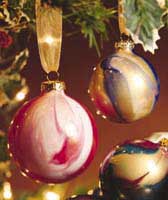
Glass Ornament Balls
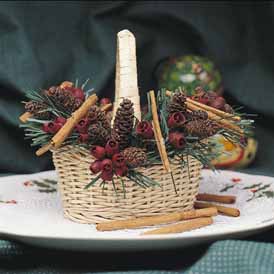
Christmas Basket Ornament
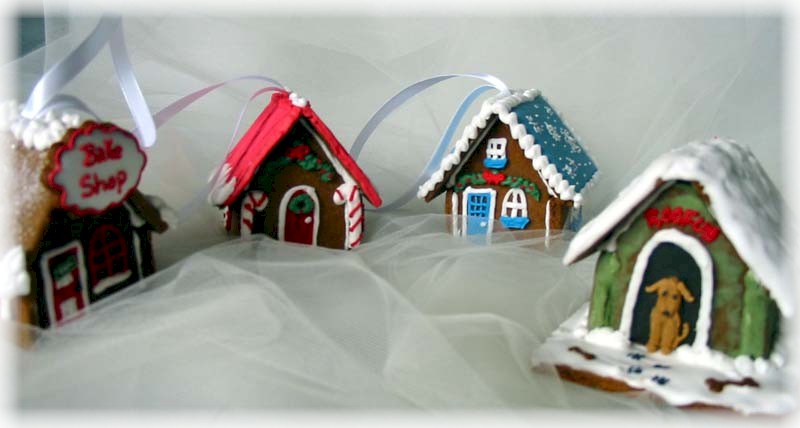
Gingerbread House Ornament
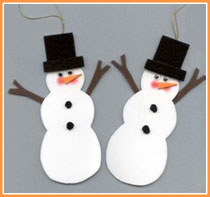
Snowmen
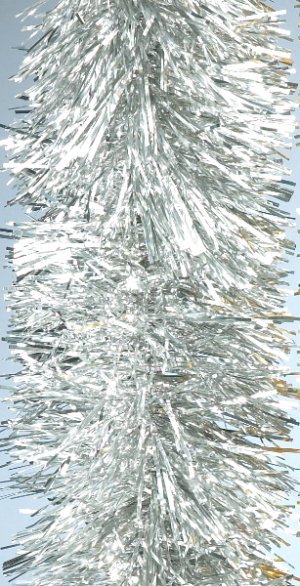
Tinsel